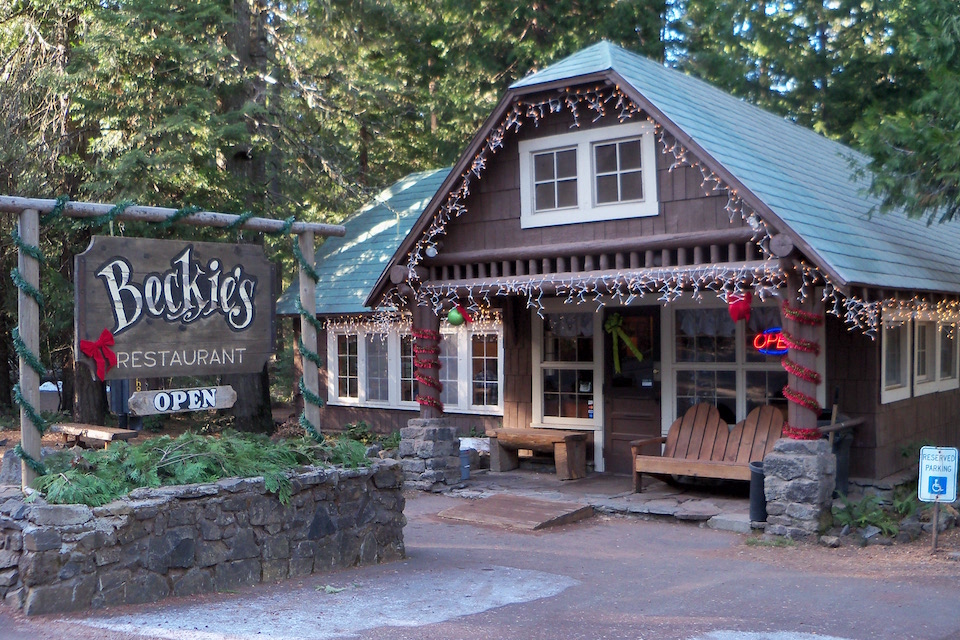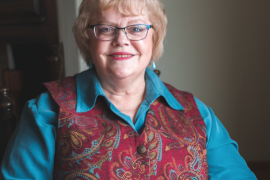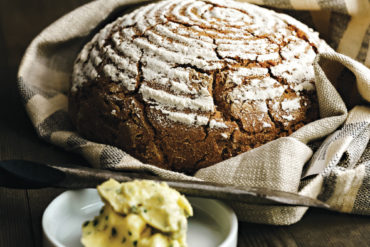You gain strength, courage, and confidence by every experience in which you really stop to look fear in the face. You must do the thing which you think you cannot do.
Eleanor Roosevelt
Three years ago I visited Oregon from Kansas City and worked for a few days doing harvest activities at Lange Estate Winery with winemaker (and patient and gracious friend) Jesse Lange. I loved it. I loved the work, and most importantly—I loved Oregon. So immediate was my connection with this state that I moved here. My intention was to work a harvest, trying my hand at winemaking to see if that was my true calling. During my first year in Oregon the timing wasn’t right; the second year, fear of failing got in my way. This year I decided: no excuses. It’s now or never, so I jumped in.
My boyfriend works on the production side of wine, so I have seen firsthand the kind of crazy hours cellar hands work. I have witnessed the wear it causes on the body, the way it stains clothes and hands, and the personal sacrifice it takes to work 14 hour days, seven days a week (which is not uncommon). A lot of people think winemaking seems romantic from the outside, but a lot of winemakers, and harvest interns for that matter, know that the reality is more complicated than that. It was time for me to find out for myself.
I am a 35 year old woman with a master’s degree in business. I’m a certified sommelier and a freelance wine writer. I have worked in the wine industry in one capacity or another for the past fourteen years. My experience gave me confidence in my knowledge of wine, but by the end of day one as an intern at Dobbes Family Estate and Wine by Joe in the Willamette Valley’s Dundee Hills, I felt I knew nothing. I realized how comfortable I had become in business casual attire as I broke in new water-resistant pants, long underwear, thermal shirts and rubber galoshes.
Day One
As it turns out, I’m not the only one doing this kind of work for the first time (insert sigh of relief). Of all the people I work with, only a few of them have ever worked a harvest. The team is a mix of culinary students, laborers, recent environmental science graduates, a seasonal bakery owner, a musician, a composition teacher and adventurers and like me. Everyone pitches in on all manner of tasks such as fork lifting bins of fruit into the warehouse, running the wine presses and cleaning (we do a lot of cleaning). A few harvest veterans act as shift leaders. I’m partnered up with the guy who has been there the longest. He walks me through some of the daily routines, briefly explicating the all-important care for the juice that is slowly becoming wine—but mostly demonstrating how to clean things such as tanks and hoses. I complete an assortment of tasks, helping to weigh in fruit as it arrives from different vineyards, hosing down empty grape bins and labeling things. (You know, the really important stuff.)
A little later, I am introduced to the young man who runs one of the wine presses. He plans to show me how it works, but first we need to clean it out from the last cycle. Thirty-five years of keeping clean, being told not to spill on myself and trying to keep my clothes unwrinkled all come crashing down in one moment when I climb into that wine press (which is about the size of a minivan) and began schlepping piles of pressed grape skins from the interior walls. They fall into my hair, get into my fingernails and find their way into places a grape was never meant to go. All the manner classes I had in prep-school came swooping down on me to form a momentary resistance. My middle school manners teacher was practically in the press, scolding me for not being enough of a “lady”. I shook the flashback off, finding myself in a dark cylinder on my hands and knees, funneling grape skins through a small door underneath me. At the end of the day, I go home overloaded with information, hungry, and thirsty for a glass of wine that will remind me what this process achieves. Extreme exhaustion has set in, but I’m happier than I have been in a long time.
Days Two & Three
The next days go by much like the first, though every day I receive training on more things. I’m given additional responsibilities and offered less guidance with tasks that will become second nature: where and how to attach hoses to tanks, what a racking valve is (which is where you attach a hose), how to drive a forklift and—most importantly—how to clean stuff correctly (which, by the way, really is 90% of wine making). I wouldn’t say that I have contributed much to the actual art of winemaking after my first few days on site, but I’m an extra set of hands. However slow and sloppy these hands might be, they help get things done. Even if I am just hosing things down and weighing in fruit, it takes many hands to complete one bottle of wine, so I guess, in a small way, I am playing a role.
There is still much to learn and the pain in my hands—as well as the purple stain that accompanies them, the spasming nerve in my back and my aching knees, feet, and hips—are a constant reminder that I am not as young as I once was. Even considering all those factors, the process of winemaking is actually somewhat romantic. I’m not sure what it is, maybe it’s my motherly instinct but there is something really special about taking a thing (ripe grapes) and nurturing it into something else (delicious wine) by feeding it with yeasts so it can ferment, keeping it warm so the yeasts can do their job and giving it the attention it needs to transform from fruit to juice and into the delicate thing we know and love—wine. While I’m not sure what it is yet, something about winemaking calls to me in some way … and I’m on a journey to find out more.
Follow Jennifer’s journey in Harvest Hands: Part Two








